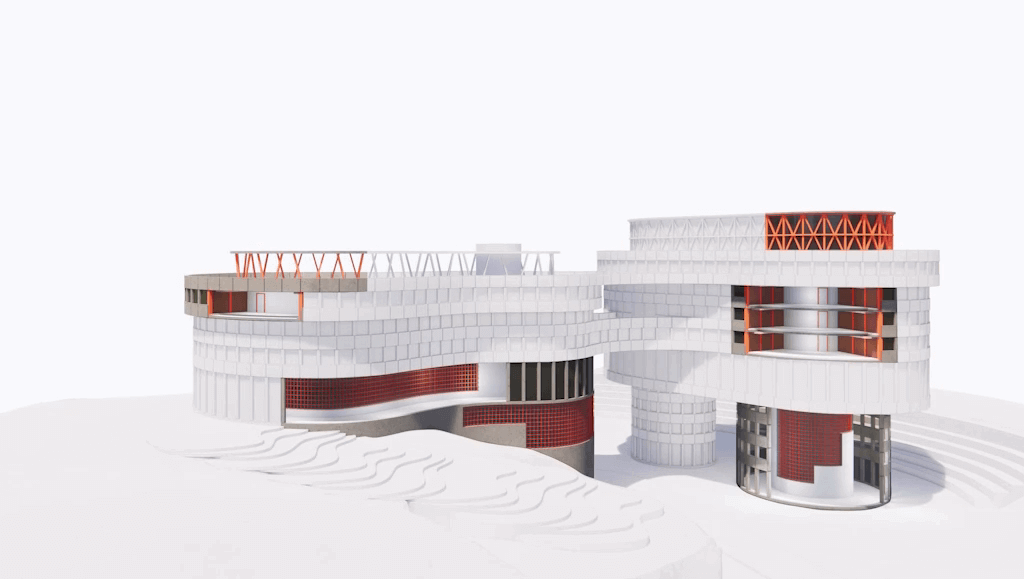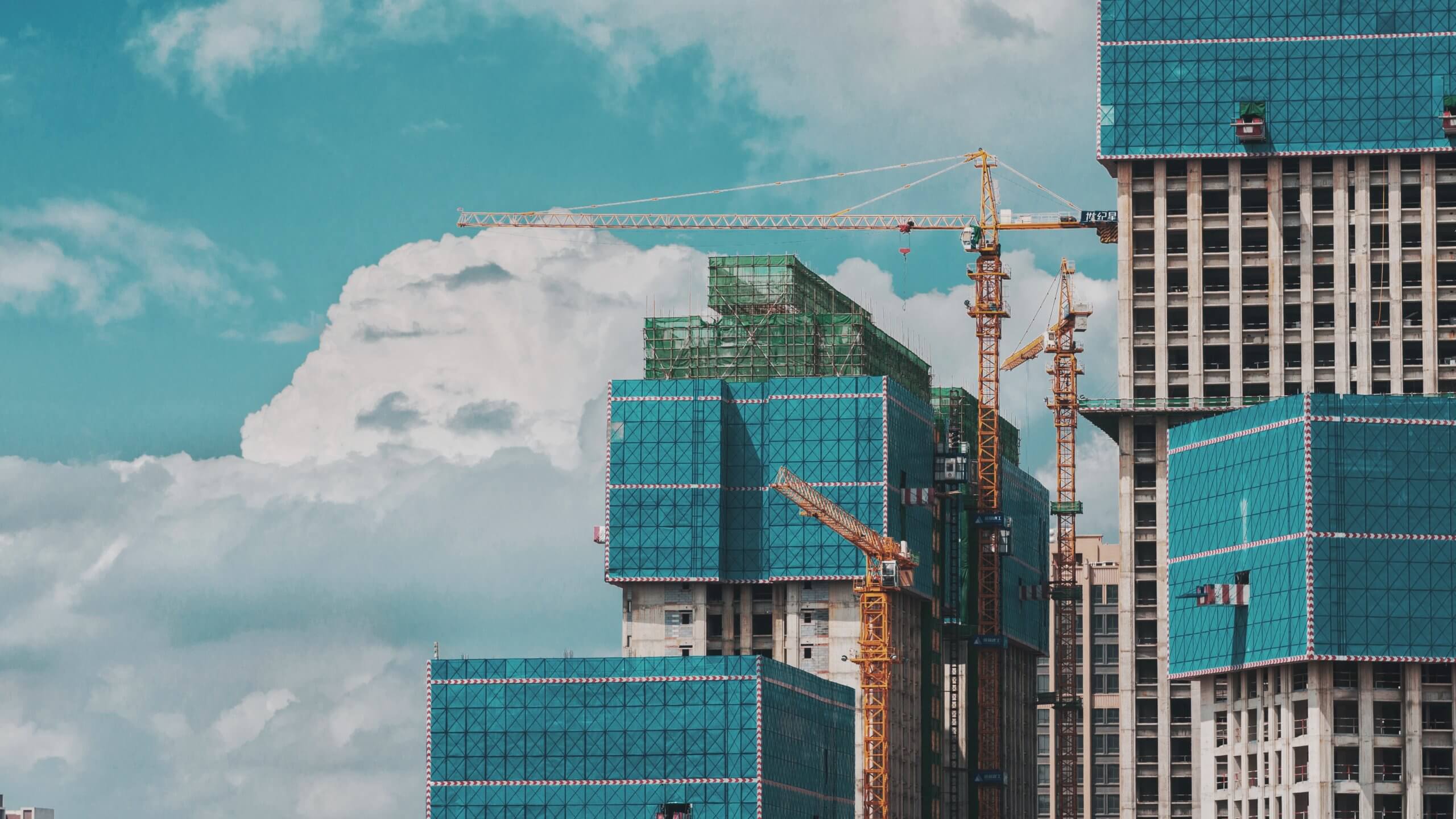HOW CAN WE IMPROVE OUR DESIGN FOR BETTER BUILDABILITY?
BIM has altered how we design the built environment by allowing us to use very sophisticated building models. However, while the digital models utilized by architects and engineers throughout design provide for outstanding visualization and documentation of the designer’s intent, the buildability is frequently overlooked. Even though such considerations result in a more accurate estimate of both project time and cost, we often use the design model to explain the ultimate state of the project – not how it is constructed. Of course, there are several types of BIM tools that address such issues during manufacturing and building, but how often do we genuinely evaluate the influence of the construction process when making the best initial design decisions?
The contractor, on the other hand, must account for any features that aren’t necessary modeled, such as formwork, scaffolding, and other temporary or enabling works. “All of these factors have an impact on the construction sequencing and scheduling, as well as on the cost. After the design stage is completed, the contractor determines the site layout, materials storage, health and safety regulations, and access. “However, these factors are frequently important to the project’s success, and failing to address them early creates the ‘buildability gap’ between design and construction,” says Kevin Lea, SVP of Product Management at ALLPLAN.
As a result, there are two sides to buildability: first, how an architect or engineer can improve their design by knowing these factors, and second, how a contractor may utilize BIM to aid in their construction planning process. To achieve both of these objectives, a practical strategy is required, as well as technologies that can assist in considering the buildability aspects of a project from an early design stage and including all project participants.
Models Aren't Enough for Successful Delivery
With the growing use of BIM in the AEC industry, the central building model has emerged as the focal point of the entire process. However, in the context of buildability, a digital twin is not the entire picture of the construction development – it is the end goal. Instead, decisions affecting construction and how the structure is built must be made earlier in the project to achieve the best results.
“This is illustrated with these two simple examples: a concrete base will have a sand screed underneath it and will require formwork – all of which will influence time and cost. Or, a masonry wall will need additional platforms at specific heights during the construction, again affecting both time and cost. These elements are often excluded from design models and therefore the quantity take off,” says Kevin Lea. “The consequences range from manual intervention – which can lead to a loss of time on the construction site – to wasted materials. This, in turn, drives up construction costs during the implementation phase,” he continues.

Buildability is a Holistic Process
Construction methods may be contrasted, the contractor’s requirements can be considered sooner, and other features that are required but not necessarily modeled can be quantified when using a holistic approach. This way, construction demands and requirements are taken into account earlier in the design process, as well as during the entire design process, across all disciplines, up until the actual construction phase.
The direct benefit of thinking about buildability sooner is a more effective build. Other benefits of this technique, such as improved site planning and layout design, the convenient positioning of cranes and equipment, and well-planned road access, to name a few, can all contribute to the project’s success. With the rapid rise of industrialized construction and the increased usage of prefabricated components, early consideration of buildability aspects is becoming increasingly important for effective delivery.

Using Digital Tools to Aid Buildability
Architects, engineers, precast and steel producers, and general contractors need digital tools and platforms that can map the full “Design to Build” process end-to-end, beyond the pure 3D model, in order to address buildability early. Kevin Lea notes, “Unfortunately, “buildability” isn’t a button you can press in your design software — it’s an ethos for your project.” There are, however, solutions that can make this process easier by bringing all parties together and exchanging expertise in order to improve construction procedures, cut costs, and save time.
“ALLPLAN’s goal is to support our users with the right tools to help them make more data-driven decisions earlier in the design process,” continues Kevin Lea. The model data structure of Allplan lends itself to more efficient information sharing and helps ensure different options can be compared easily on the fly. Non-modeled elements can be considered in the quantity take off for more accurate estimates. Our expertise in both precast concrete and steelwork has been strengthened considerably with the addition of both PRECAST and SDS2 within ALLPLAN, providing a complete solution portfolio. Bimplus, the cloud-based collaboration platform, ensures that coordination, communication, and information sharing between project stakeholders is seamless and efficient. “These features mean that ALLPLAN is uniquely placed to address the topic of buildability across all disciplines,” states Kevin Lea.
Conclusion
Consideration of buildability increases construction’s long-term viability and efficiency. To do so, however, the focus must be shifted to a holistic, data-driven strategy that considers “how we construct” early. Appropriate cloud-based software tools and platforms that incorporate all project stakeholders as early as feasible in the design, planning, and construction phase can make the actual execution of this strategy easier.
Visit here to learn more about Allplan 2022 and how it can assist to enhance design quality, decrease costs, and assure schedule compliance, as well as improve the sustainability of building projects.
Source: blog.allplan.com
ALLPLAN is part of the Nemetschek Group.
-
Singapore: ALLPLAN Software Singapore PTE. LTD. |
4 Battery Road #25-01, Bank of China Building
49908 Singapore - customercare.singapore@allplan.com

